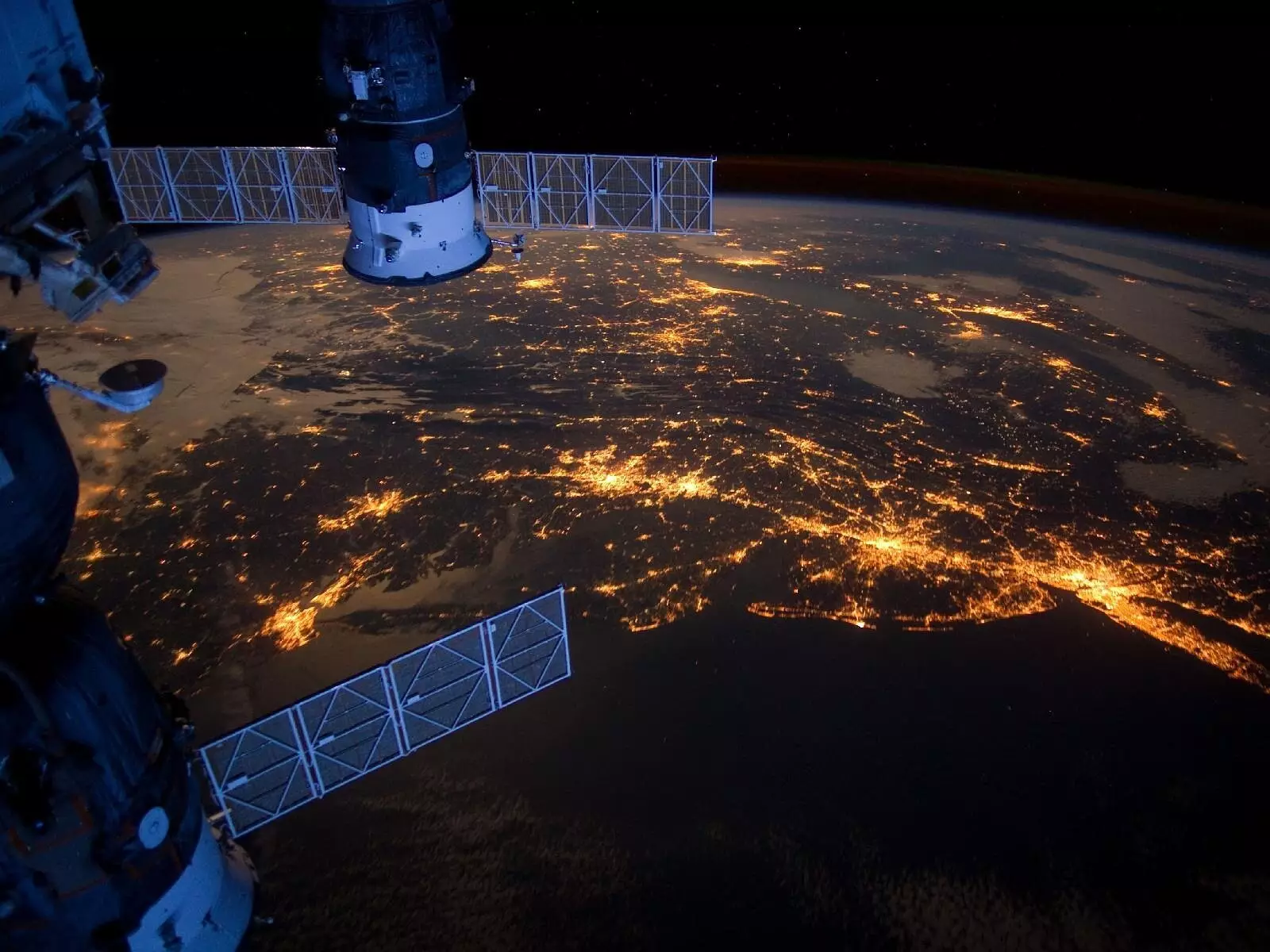In the realm of global communications, low-orbit satellites stand at the forefront of a potential revolution, promising millions of users high-speed internet access from virtually anywhere. However, the current technological framework supporting these satellites comes with inherent limitations, primarily their antenna arrays, which can only connect with one user at a time. This constraint compels satellite companies to invest heavily in either deploying numerous satellites in vast constellations or creating larger, more complex satellites with multiple antennas. As this sector expands and more companies, such as Amazon and OneWeb, enter the market, the urgency for an innovative solution to manage satellite connectivity grows ever more pressing.
The one-to-one communication model of existing satellite technology imposes both a financial burden and an operational headache. As exemplified by SpaceX’s ambitious Starlink initiative, which has flooded low-Earth orbit (LEO) with thousands of satellites, this model is excessive and could escalate the risk of overcrowded orbits. Today, there are over 6,000 satellites circling our planet within these low-orbit trajectories. Each satellite’s trajectory and speed—which can reach 20,000 miles per hour—make the coordination of multiple data streams per satellite an incredibly difficult technical challenge.
The physical mechanics of satellite communication present unique difficulties. While terrestrial installations like cell towers can accommodate numerous connections simultaneously, the rapidly changing positioning of low-orbit satellites complicates matters significantly. The struggle to maintain a coherent signal while servicing multiple users can lead to a breakdown of communication quality.
Recent advancements from researchers at Princeton University and Yang Ming Chiao Tung University illuminate a viable path forward. In a paper published in IEEE Transactions on Signal Processing, titled “Physical Beam Sharing for Communications with Multiple Low Earth Orbit Satellites,” the team proposes a groundbreaking method that enables a single satellite antenna to handle signals for multiple users at once. Rather than relying on additional hardware, this new technique allows for the virtual splitting of signals, increasing overall efficiency.
Co-author H. Vincent Poor elucidates the difference between terrestrial and satellite communication by highlighting the relative motion of the two. Unlike a stationary cell tower servicing a car traveling 60 miles per hour, the dynamic nature of satellites requires a more adaptive approach to maintain signal clarity. The researchers’ method cleverly circumvents hardware limitations, akin to directing individual beams from a singular flashlight bulb, thus reducing both financial and energy costs dramatically.
The implications of this multidimensional signal approach are profound. Future low-orbit satellite networks could go from an estimated requirement of 70 to 80 satellites down to approximately 16 to effectively cover the United States. With a simpler design paradigm, existing satellites can integrate this new technology, which encourages building smaller, less complex units without sacrificing performance.
The potential reduction in satellite count carries further benefits, particularly in terms of space debris—a growing concern as more satellites flood the LEO sector. Poor emphasizes that the looming threat isn’t solely about collisions but the long-term sustainability of orbital paths and the anxieties surrounding the accumulation of space debris. By minimizing satellite deployments through advanced antenna capabilities, the new technology becomes pivotal in addressing these growing environmental and safety challenges.
While still largely theoretical, the concepts drawn from the research indicate a shift toward a safer and more efficient satellite communication framework. According to co-author Shang-Ho (Lawrence) Tsai, initial experiments utilizing underground antennas demonstrate that the proposed mathematical models effectively translate to practical applications. The next logical step involves testing this technology in full-scale satellites, paving the way for real-world confirmation of these promising findings.
The road ahead is clear—the integration of this innovative approach into satellite systems may play a crucial role in the forthcoming era of high-speed satellite-based communication. By melding theoretical insights with practical applications, the team stands on the brink of flourishing advancements that promise to reshape how we connect globally.
As the demand for efficient, universal internet access surges, so too does the importance of innovative satellite technology. The advancements in multi-user antenna capability mark a significant leap forward, presenting an opportunity to redefine the scope and scale of satellite communication. Ultimately, the balance of maintaining orbital integrity while expanding access for millions depends on continued research and development in this exciting and evolving field.


Leave a Reply